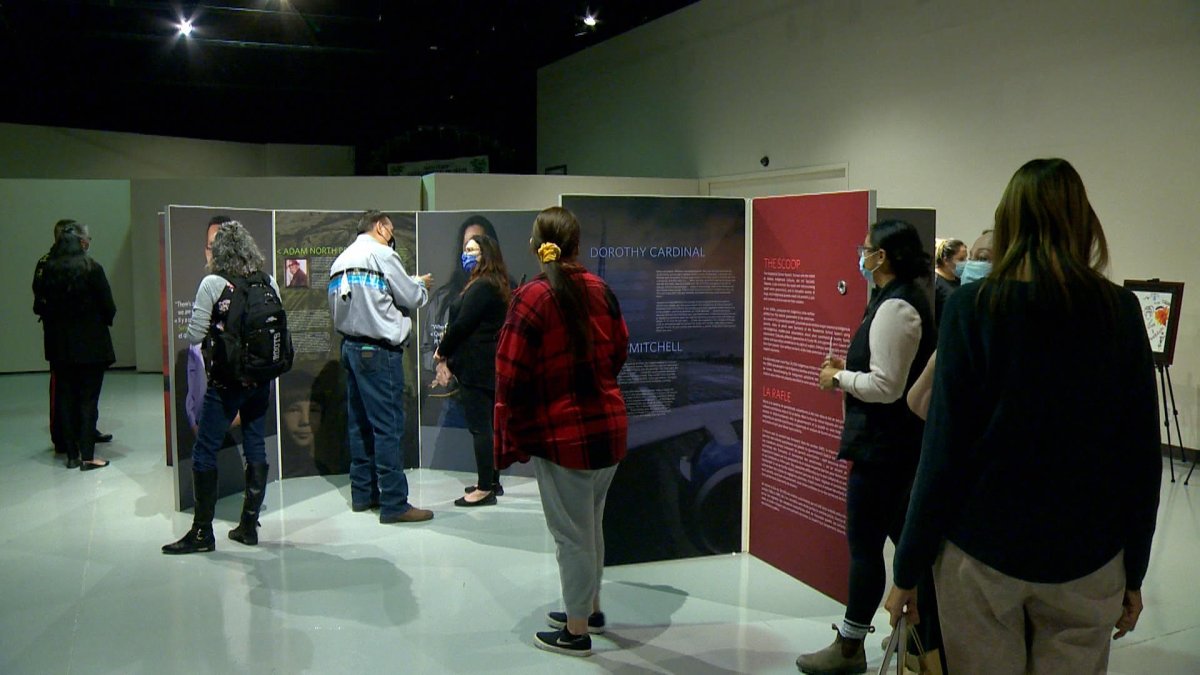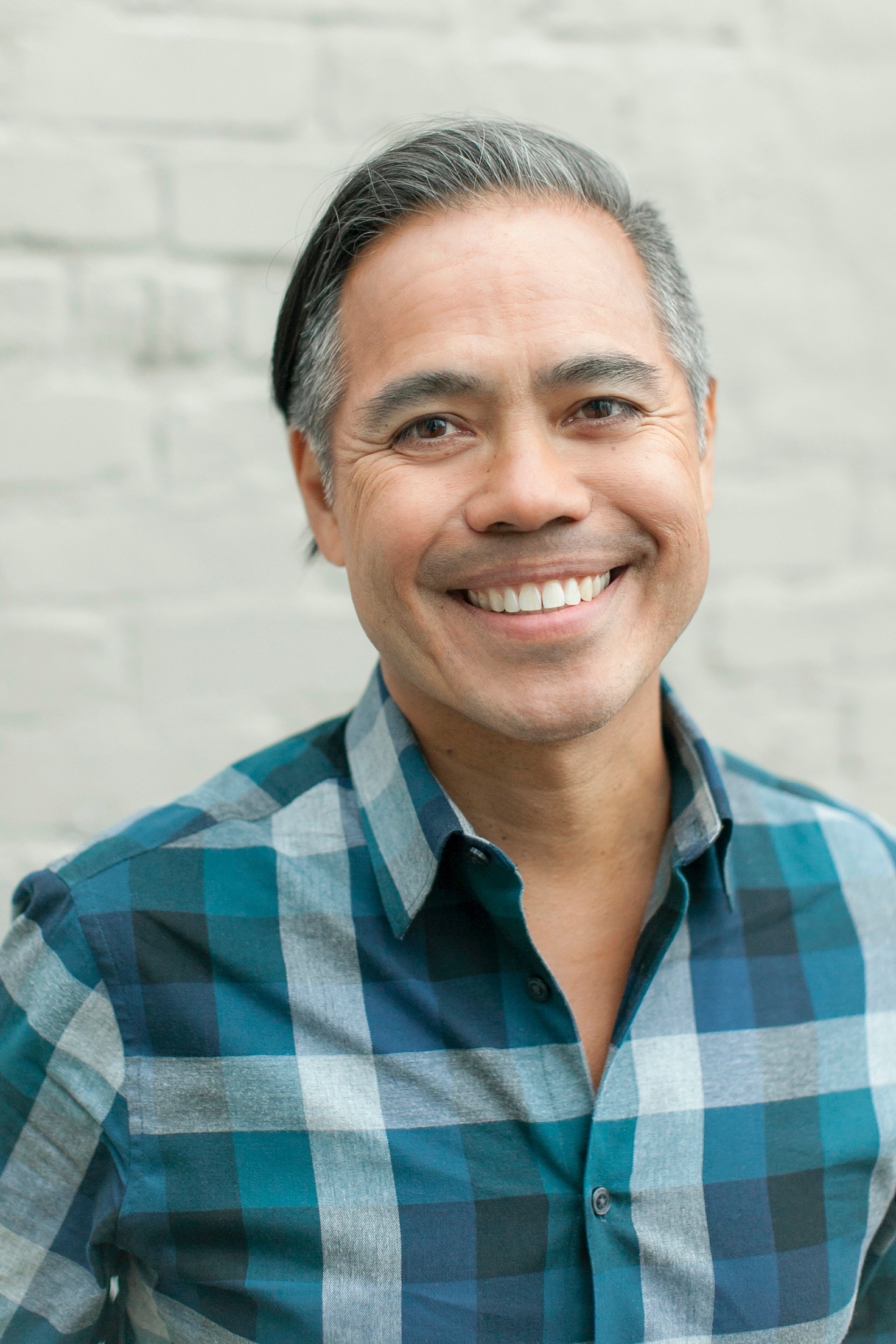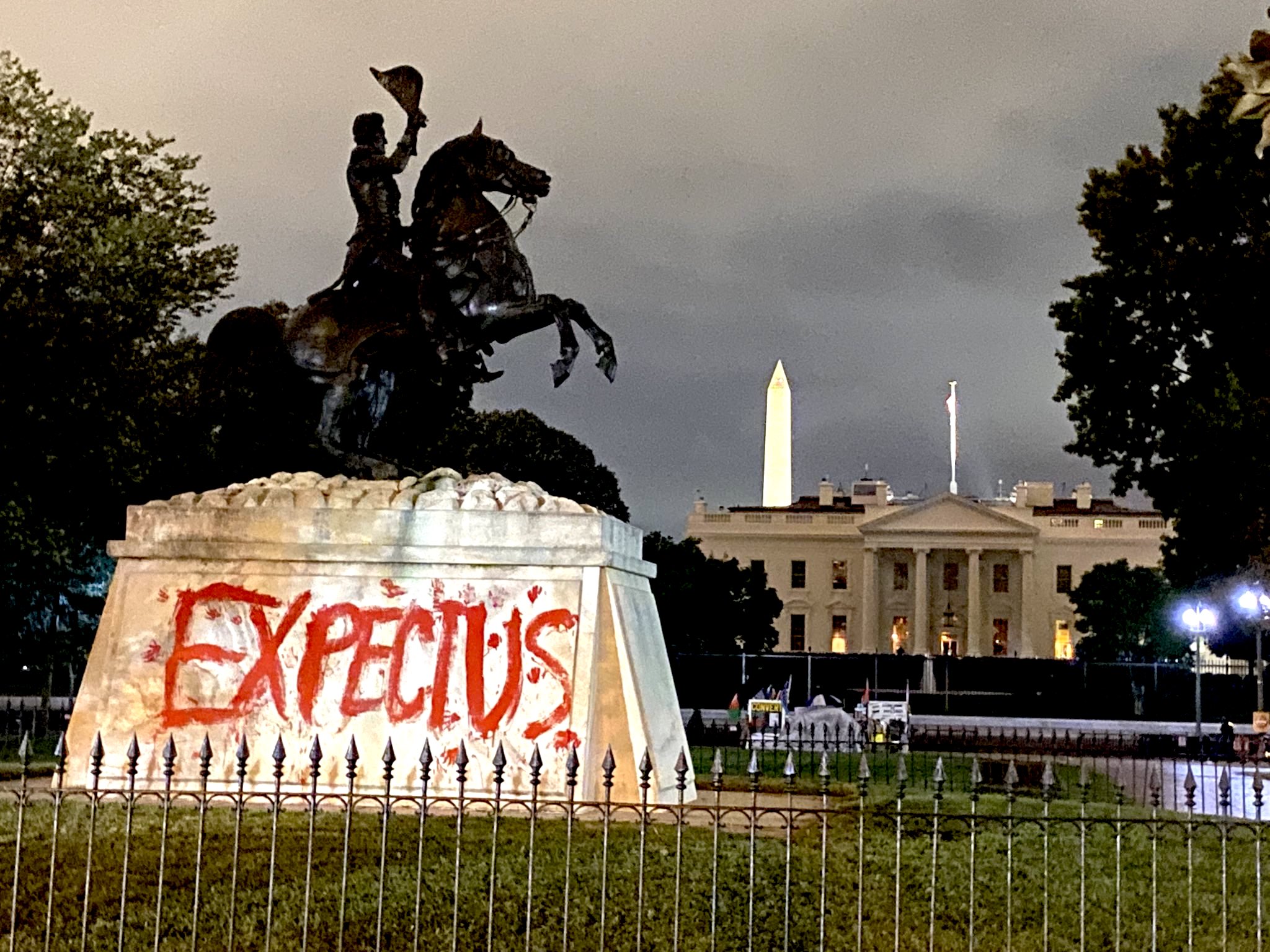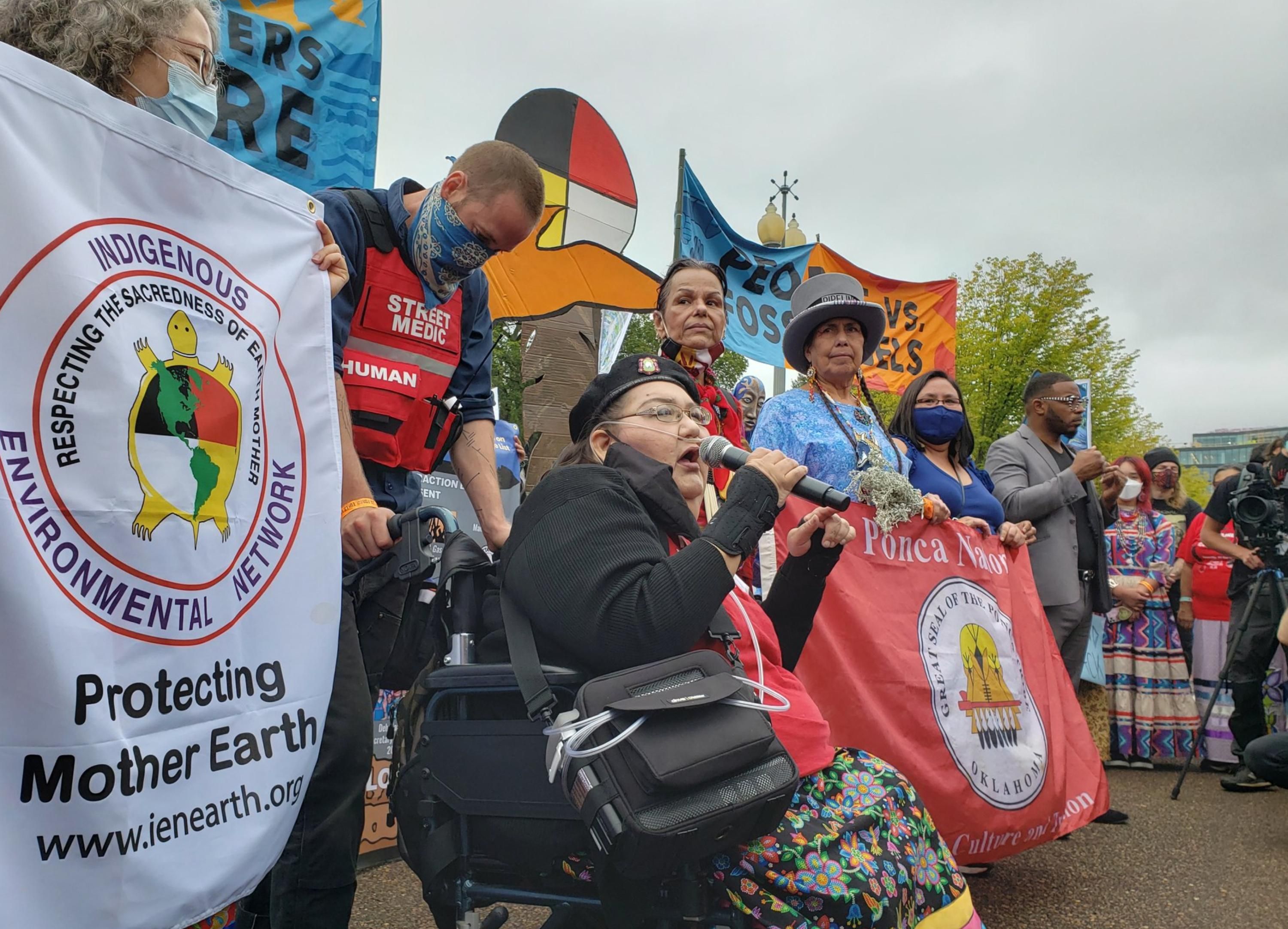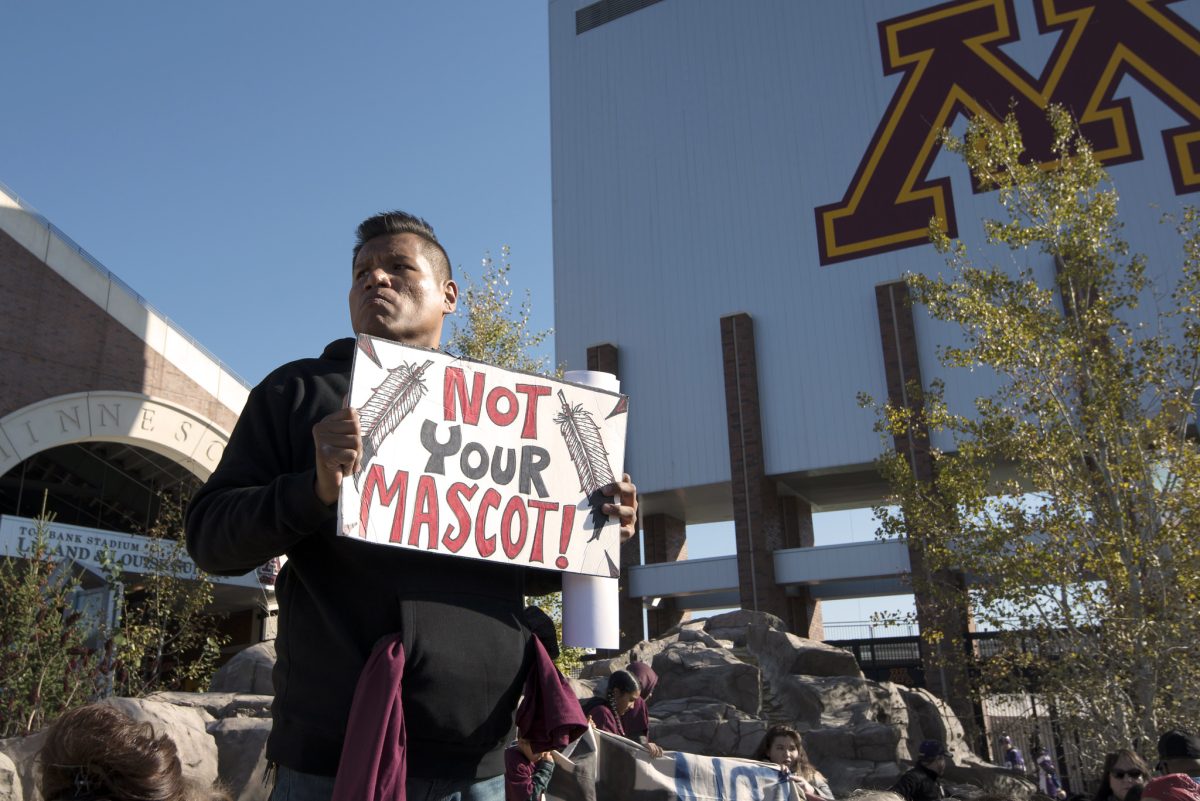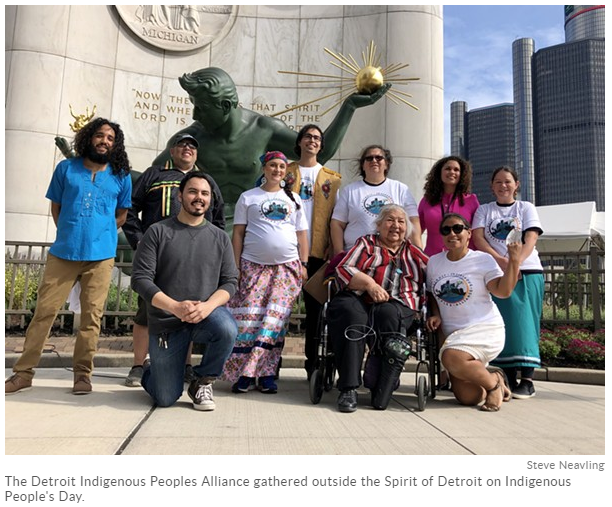From the StrongHearts Native Helpline It
has been a long time coming, but you’ve made up your mind. It’s time to
escape a life of domestic and sexual violence and leave an abusive
partner. You're scared and for good reason. Danger increases when
leaving an abusive partner because they often lash out to regain control
over their partner. It is imperative that you carefully navigate the
following process.
You are the best judge of your own safety. Consider a safety plan —
a personalized, practical plan that includes ways to remain safe while
in an abusive relationship, planning to leave or after you leave. Safety
plans can be continuously updated, even if you return to a partner that
is abusive.
Separation Plan
A
separation plan can help you to safely leave an abusive partner. A
preparedness kit contains documents, clothing and comfort items needed
to stay away from home for an extended period of time. Once you complete
your separation plan and preparedness kit, be sure to keep any
documentation of them in an accessible but secure location and/or
consider storing them with a trusted friend, family member or advocate.
The Escape Route
The
important first step to creating a separation plan is being mindful of
your surroundings and to plan an escape route from any room in the home.
You may also want to identify alternate routes to the grocery store,
school and/or work. Practice using escape routes regularly. When
tensions are starting to escalate, plan to do the following:
● Try to be in a room close to an exit and/or plan an escape route from any room in the home.
● Look for potential exits through windows and practice using them.
● Stay away from the kitchen where the abuser has access to weapons.
● Stay away from bathrooms, closets, or small spaces where the abuser can trap you.
● If the violence escalates, call for help! Call 911, a close relative, friend or neighbor.
Assemble a Preparedness Kit
When
assembling a preparedness kit, pack a bag with a change of clothes for
you (and your children) and include comfort items. Store the
preparedness kit outside of the home either with a trusted neighbor,
friend or relative or keep it in a secret location where you can safely
retrieve it. Important documents can be included or stored separately.
Important documents include:
● Identification
○ Tribe-issued enrollment card
○ Driver’s License or State ID
○ School ID(s)
○ Passport(s)
○ Social security card(s)
○ Birth certificate(s)
● Health insurance card(s)
● Copy of Protection/Restraining Order
● Marriage, divorce and custody papers
● Vehicle registration and insurance
● Lease or rental agreements
Important items include:
● A change of clothes for you (and your child)
● An extra cell phone and/or cell phone charger
● Extra set of house and car keys
● Medication (e.g., asthma inhaler, insulin, Epi-Pen)
● Cash or ATM card
● Personal items such as your medicines, smudge and sentimental items
● Comfort items such as a favorite stuffed animal, blankets and baby supplies (formula, diapers, and wipes).
There Is Hope
There
is hope in planning to leave an abusive relationship. You can escape
violence. You can call for help. StrongHearts advocates are available
24/7 to support all victim-survivors of domestic and sexual violence
regardless of relationship status, gender identity or sexual preference.
To speak with an advocate: Call or Text 1-844 672-8483 or chat online
at strongheartshelpline.org
Other
resources include: National Domestic Violence Hotline: Call
1-800-799-SAFE (7233) or 1-800-787-3224 (TTY). Domestic Abuse Helpline
for Men and Women: Call 1-888-7HELPLINE (1-888-743-5754). The National
Teen Dating Abuse Helpline: Call 1-866-331-9474 or 1-866-331-8453 (TTY).
Preparedness kit adapted from information from The National Domestic Violence Hotline.
October is Domestic Violence Awareness Month
 'We’re not going to be walking around in the dark anymore,' says founder, Cowichan Tribes Elder and survivor Linda Jack.
'We’re not going to be walking around in the dark anymore,' says founder, Cowichan Tribes Elder and survivor Linda Jack.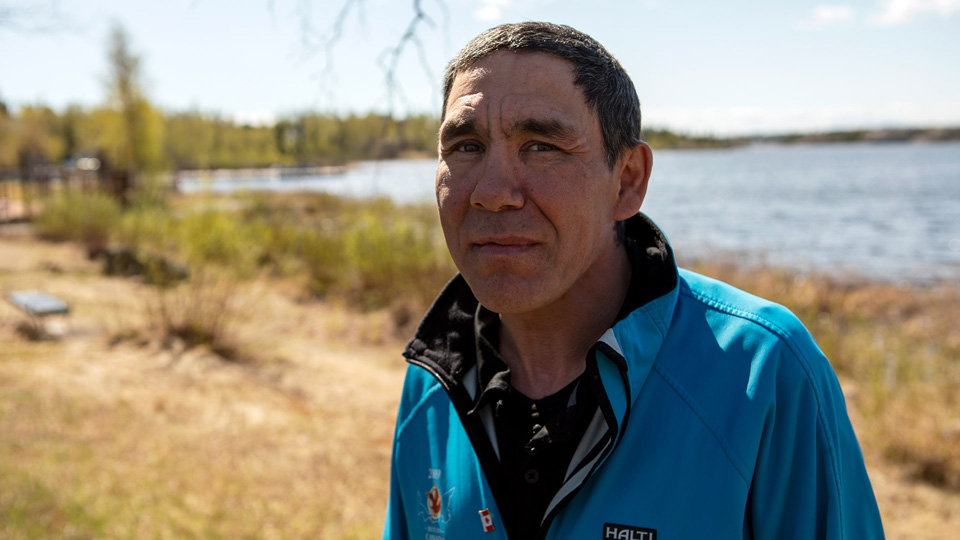
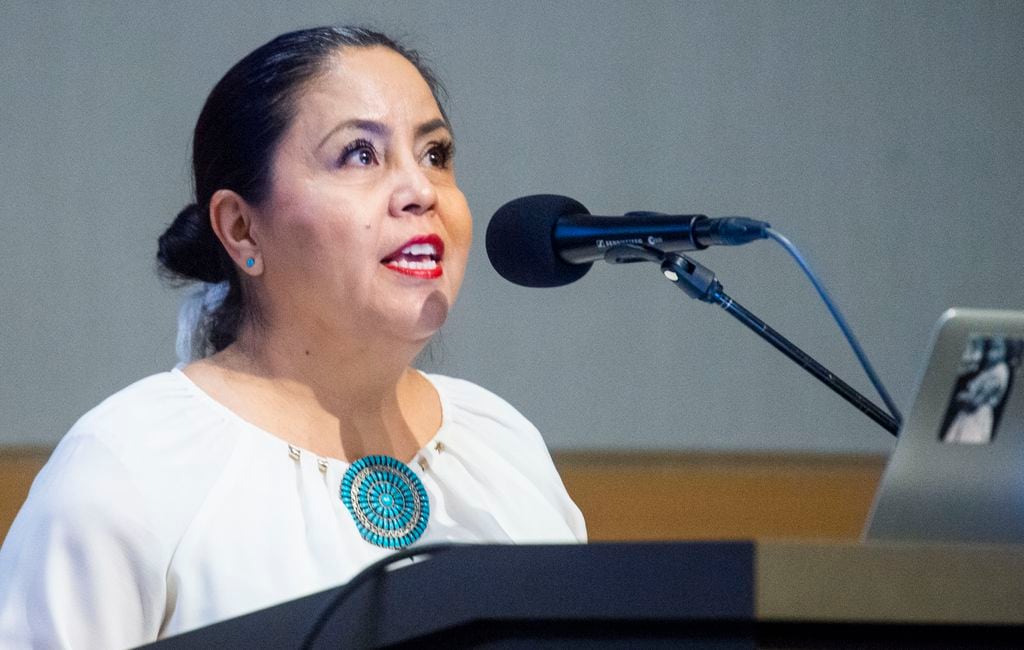

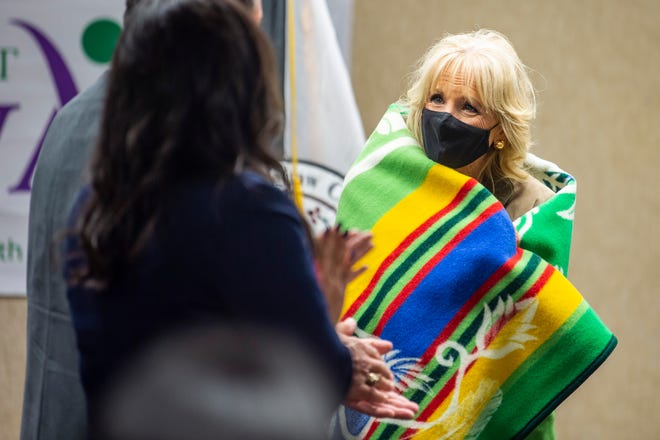

/https://www.thespec.com/content/dam/thespec/news/hamilton-region/2021/10/20/ontario-chief-coroner-residential-school-burial-sites/residential_school.jpg)


/https://www.thepeterboroughexaminer.com/content/dam/localcommunities/peterborough_this_week/news/2021/10/07/residential-school-60s-scoop-survivor-from-curve-lake-dedicates-his-life-to-protecting-next-generation/10491807_Arnold_Taylor.jpg)
